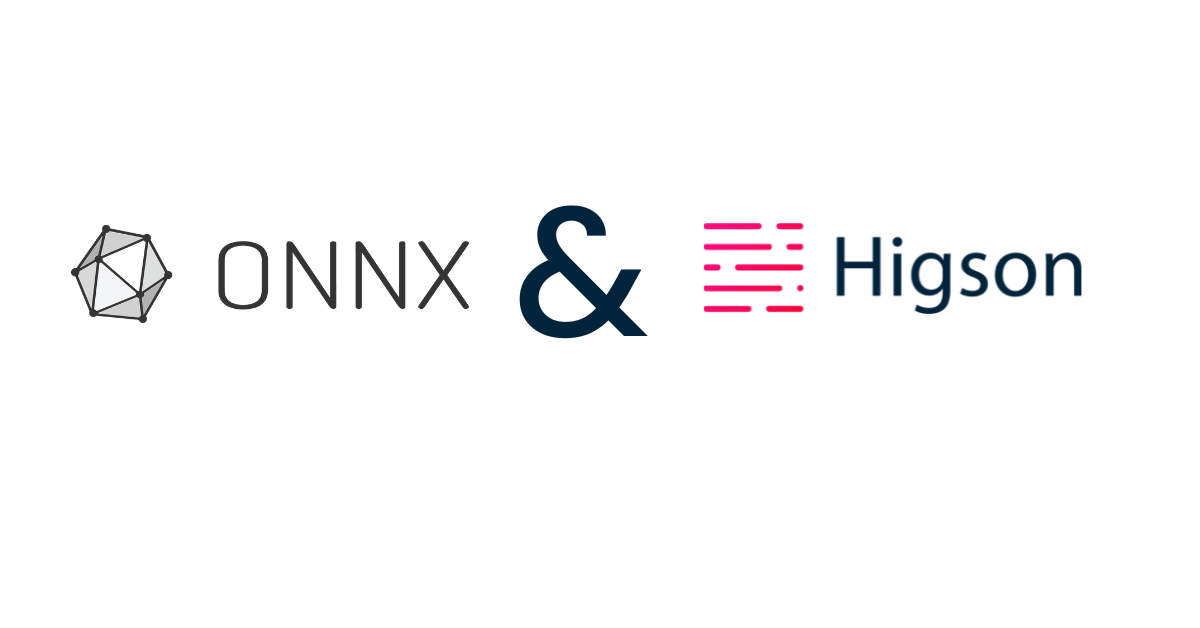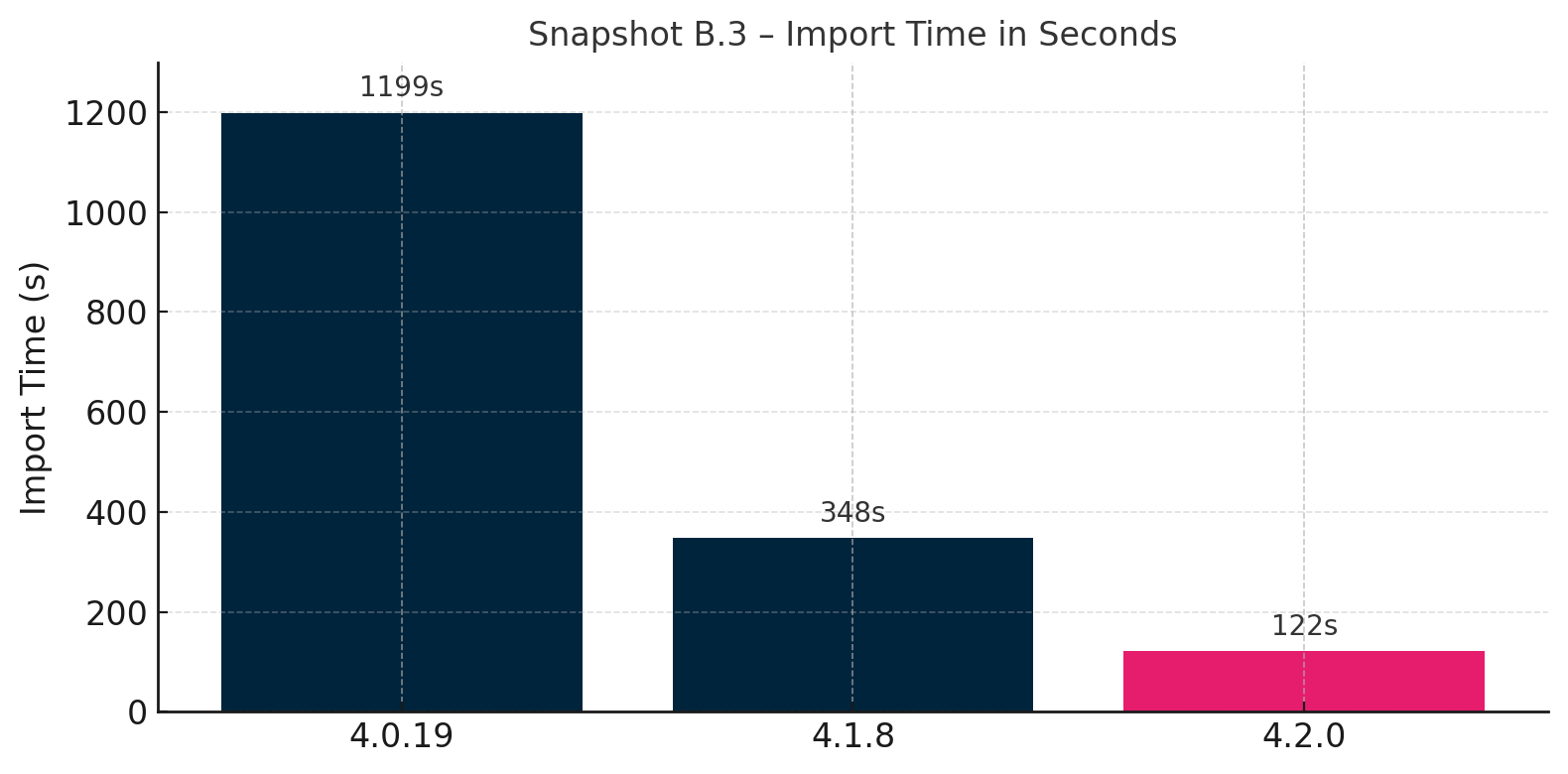Meet New Higson 4.2: Visual Logic, AI Integration, and Studio Performance Boosts

We’ve just released Higson 4.1, and yet here we are again introducing Higson 4.2, a version that continues to push the platform forward in the areas that matter most: clarity, speed, and flexibility. This time, we’re welcoming two major additions: Flows, a new way to visualize and manage rule logic, and native support for AI model integration. But that’s not all, the 4.2 update also includes serious performance gains, especially for teams working with large-scale configurations.
Flows: A Visual Way to Build and Understand Logic
Managing dependencies across hundreds (or thousands) of decision tables can be challenging, especially as logic grows more complex.
Flows bring a new visual layer to Higson.
You can now:
- Build logic using drag-and-drop blocks that represent functions, validations, tables, or conditions
- See how data and decisions move through the flow - no more tracing value.source chains manually
- Improve collaboration and documentation by turning rules into clear diagrams
This feature is especially useful for business teams working on multi-product configurations or teams who need better visibility into how decisions are structured.

AI Integration (ONNX Support)
Higson 4.2 makes it easier to bring your own AI models into the decision-making process.
You can now:
- Import models trained in frameworks like PyTorch or TensorFlow (in ONNX format)
- Execute predictions directly inside rule functions — no external services needed
- Feed AI outputs (e.g. scores, flags, risk tiers) into downstream rules and decision tables
It’s a powerful step toward hybrid decisioning combining human logic with machine learning, all within a single rules environment.

Studio that keeps up with scale
In Higson 4.2, we’ve significantly reduced the time it takes to publish sessions and import snapshots, a change especially impactful for insurers working with large, complex configurations.
One of the most notable improvements can be seen in snapshot import performance. For example, importing Snapshot B.3 which includes over 1,200 tables and 3.5 million matrix rows now takes just 122 seconds, down from 348 seconds in 4.1.8 and over 1,199 seconds in 4.0.19. That’s a nearly 10× improvement over older versions.

For clients, where configuration files are massive, this means:
- Shorter release cycles,
- Faster deployments,
- Less waiting, more doing.
Summary
Higson 4.2 brings another set of meaningful improvements for both business users and developers.
The introduction of visual flows helps teams understand and manage complex logic more easily. AI model integration enables hybrid decisioning based on predictive outputs. And performance enhancements in Studio significantly reduce time spent on publishing and testing, especially for large-scale configurations.
